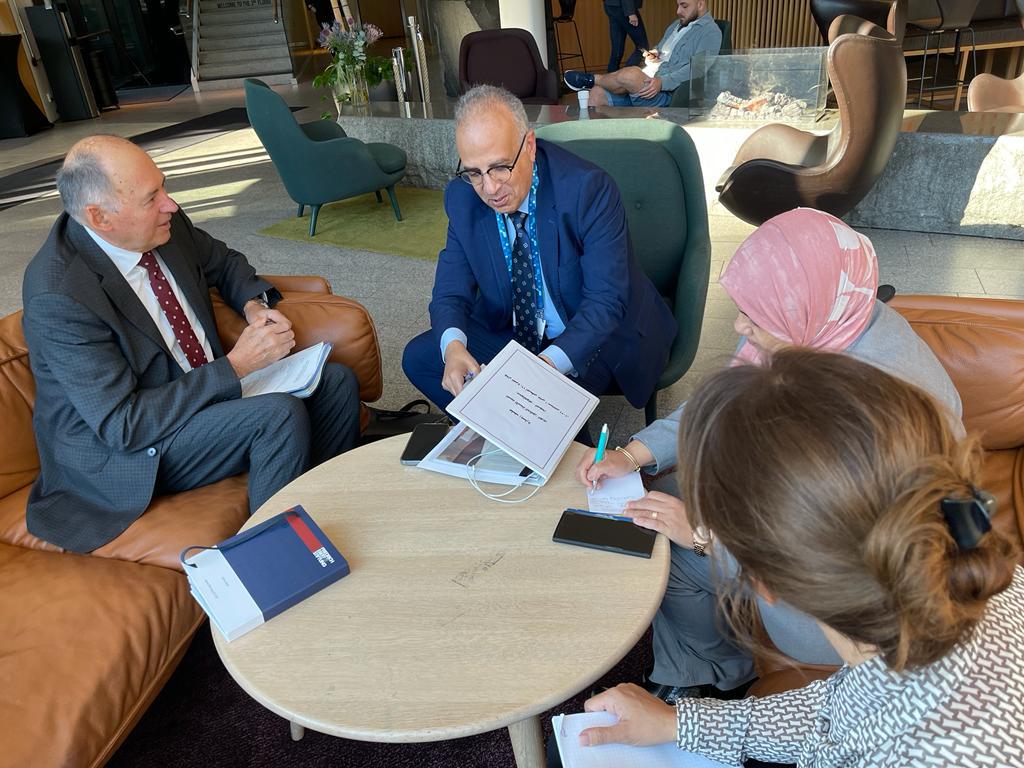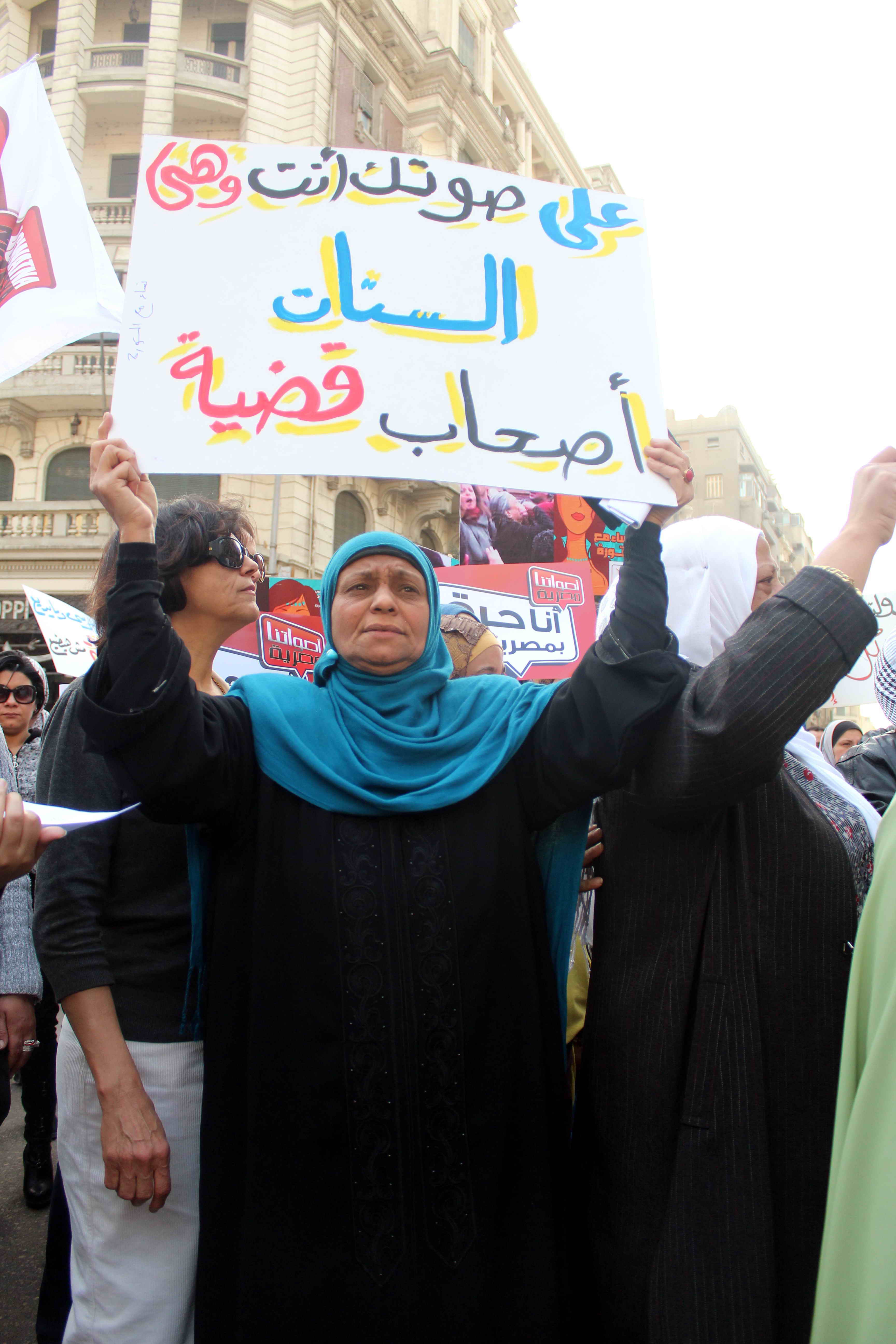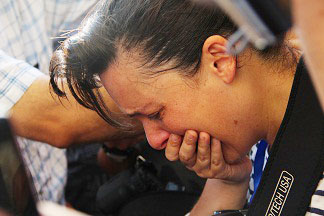UNESCO has expanded its network of model regions for sustainable development, with new areas of valuable biodiversity recognized around the globe.
The 20 areas given biosphere reserve status span every continent of the earth, the UN’s science and cultural body UNESCO announced after a two-day meeting in the Peruvian capita of Lima. This brings the total number of UNESCO biosphere reserves under the organisation’s global sustainability agenda to 669 in 120 countries.
Isle of Man, São Jorge and Lake Bosumtwe
The 20 new protected areas were reportedly selected from more than 140 candidates. Two locations had their status withdrawn, because they no longer met the requirements. The new biosphere reserves include the British Isle of Man and the island of São Jorge in the Azores.
The Moroccan home of Atlas cedar, Lake Bosumtwe in Ghana – which was created by a meteorite strike – and the Mexican island of Cozumel were added to the list. New reserves were also designated in Algeria, Haiti, India, Indonesia, Iran, Italy, Kazakhstan, Madagascar, Morocco, Peru, the Philippines and Tanzania.
Ten extensions
Ten existing biosphere reserves have been enlarged, among them the tri-national Trifinio Fraternidad area in El Salvador, Guatemala and Honduras. The Polish Mazury reserve, previously known as Luknajno Lake, has also been significantly expanded. Worldwide, UNESCO biosphere reserves now comprise approximately 6.4 million square kilometers.
Biosphere reserves are defined by UNESCO as model regions of sustainable development in valuable ecosystems, and are aimed at preserving biodiversity. Germany has 15 UNESCO biosphere reserves.



